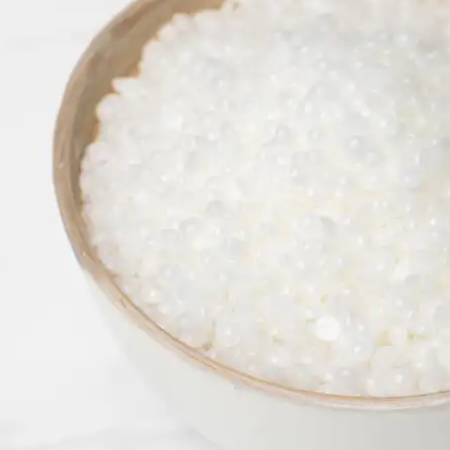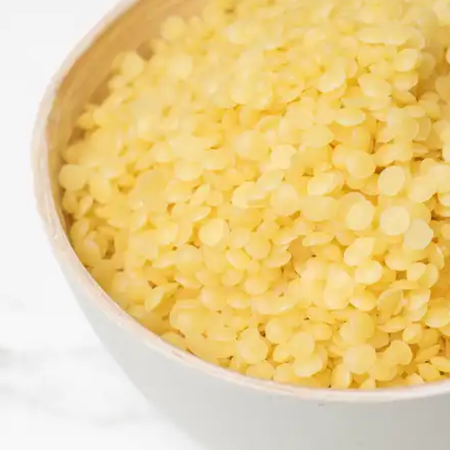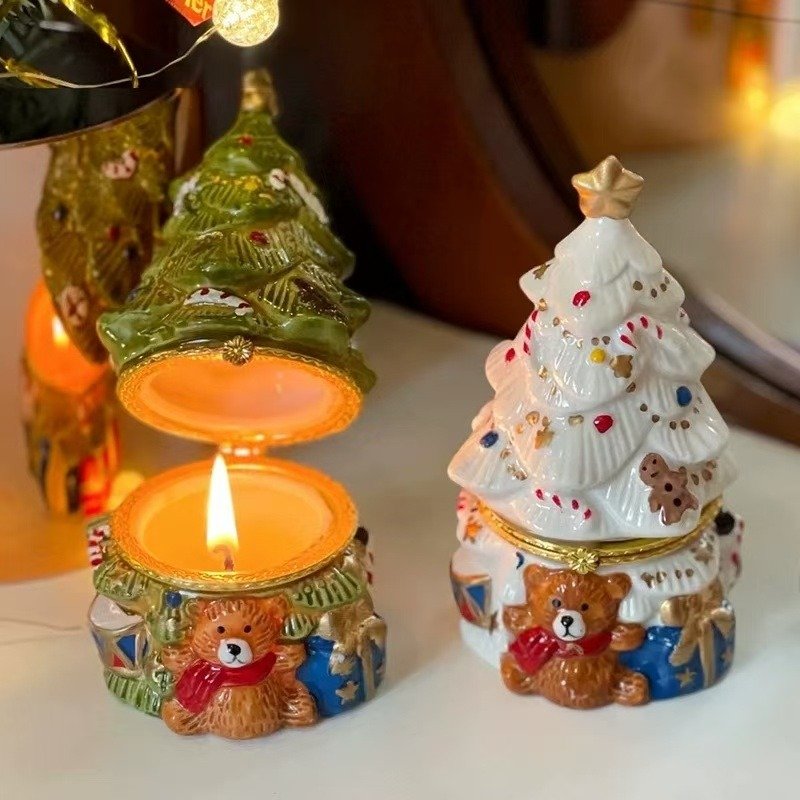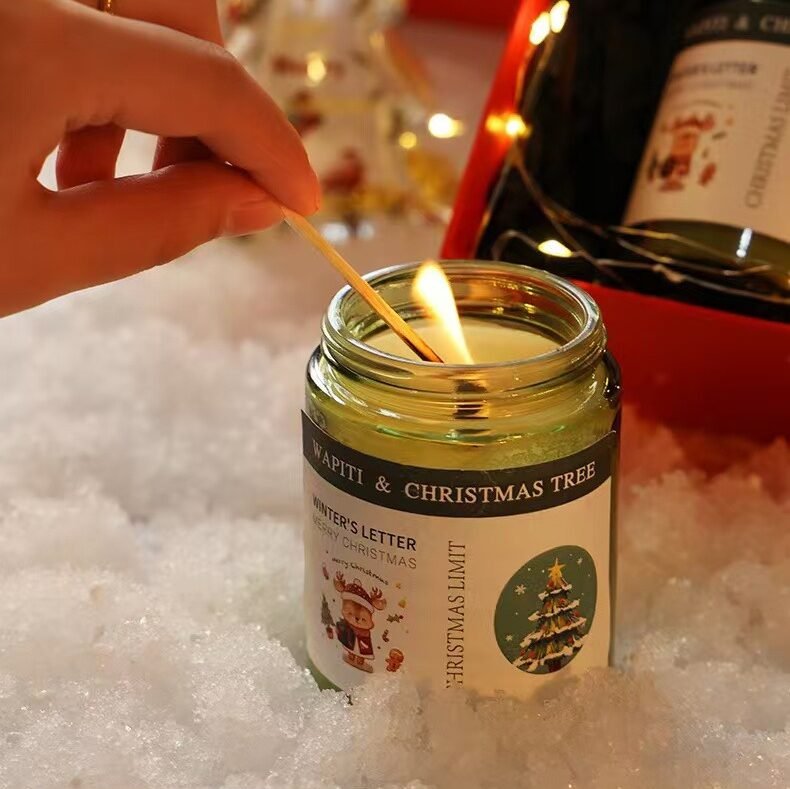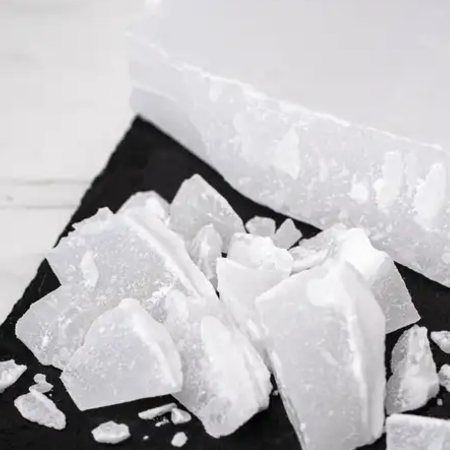
fully-refined paraffin
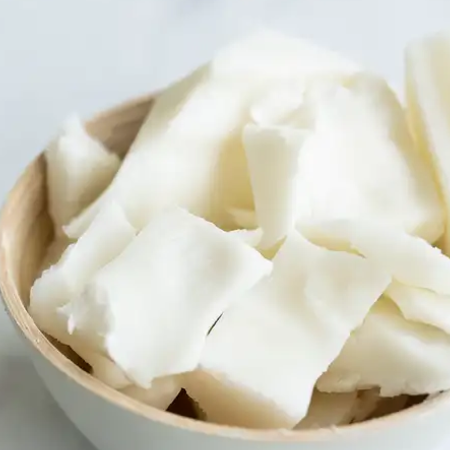
semi-refined paraffin
-
- Form&Category: It comes in block or granular form and is categorized into fully refined, semi-refined, and crude grades. For scented candles, fully refined paraffin is typically used. The higher the degree of refinement, the lighter the color, the better the product quality, and the higher the production cost.
Fully refined paraffin wax is utilized in a variety of applications, such as high-quality candle productio, cosmetics and personal care products, food-grade wax for coating and preservation, pharmaceuticals.
The semi refined variant is commonly used in industries such as candle making (especially in lower-cost candles), rubber and tire production, waterproofing and sealing materials, coatings for paper and packaging.
- Form&Category: It comes in block or granular form and is categorized into fully refined, semi-refined, and crude grades. For scented candles, fully refined paraffin is typically used. The higher the degree of refinement, the lighter the color, the better the product quality, and the higher the production cost.
-
- Melting point: 113°F to 149°F.
-
- Safety standards: Industrial-grade and food-grade. When food-grade paraffin is used for candles, it is non-toxic and safe.
Paraffin wax has a wide melting point range, making it versatile and affordable. It is highly malleable, easy to color, and has good scent throw. However, it burns quickly and, being not purely natural, can release harmful gases when burned incompletely. Prolonged inhalation may cause discomfort or health issues. When purchasing, it’s important to choose a reliable seller to ensure product safety.
Soy Wax: Currently the most commonly used plant-based wax
Plant wax refers to wax extracted from the fruits, stems, and leaves of plants, such as soy wax, palm wax, coconut wax, and others.
Soy wax is a plant-based wax refined from soybeans. It is the main ingredient used for making decorative candles, essential oils, and scented candles.
-
- Melting point: Ranges from 113°F to 140°F.
The characteristics of soy wax vary according to its melting point; the lower the melting point, the softer the wax.
Soy wax with a lower melting point and lower hardness is ideal for making container candles that won’t detach from the container, ensuring a perfect fit. Generally, soy wax with a melting point below 125.6°F is suitable for container candles.
Soy wax with a higher melting point and higher hardness has a certain shrinkage rate, making it easier to remove from molds, which is ideal for making sculpted candles. Generally, soy wax with a melting point above 125.6°F is better suited for pillar candles.
- Melting point: Ranges from 113°F to 140°F.
-
- Form: Soy wax typically comes in block, flake, and pellet forms.
Common container soy wax is usually in flakes, while pillar soy wax is available in both pellets and flakes. Block soy wax is generally low-melting-point soy wax.
- Form: Soy wax typically comes in block, flake, and pellet forms.
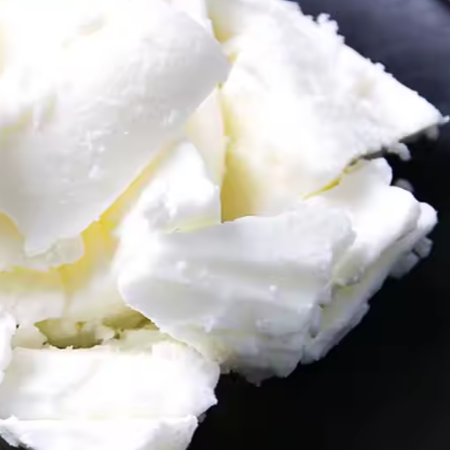
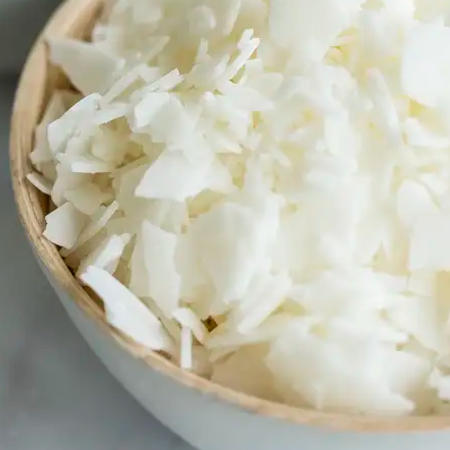
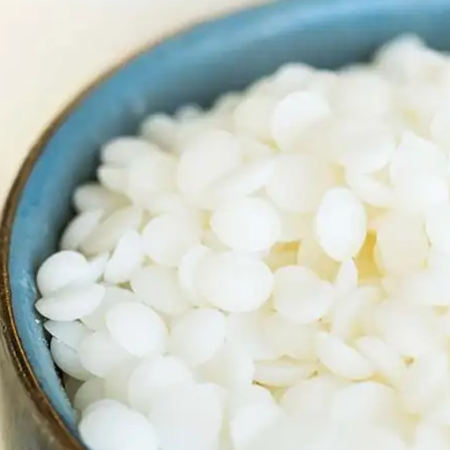
-
- Burning time: Soy wax burns 30% to 50% longer than paraffin wax.
Soy wax is natural, environmentally friendly, and perfect for long burning times. Its soft texture makes it suitable for various candle shapes, and adding soy wax helps to balance the hardness of other waxes, preventing cracking. However, soy wax is temperature-sensitive; high temperatures can cause it to sweat, become uneven, or develop white frosting and air bubbles.
Palm Wax: A Plant-Based Wax with Natural Effects
Palm wax is a wax extracted from palm fruit, also known as “crystal wax” or “frost wax” due to its unique texture.
-
- Melting point: It has a melting point between 136°F and 144°F, and its color typically ranges from brown to pale yellow.
-
- The effect after cooling: With a hard texture and a slight natural scent, palm wax can form different crystalline patterns depending on the pouring temperature. Below 194°F, it creates a smooth surface; above 194°F, it develops crystalline textures.
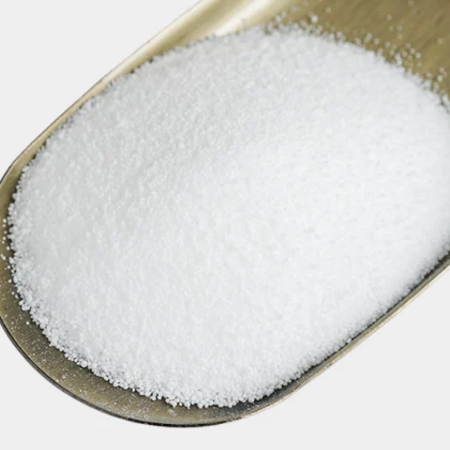
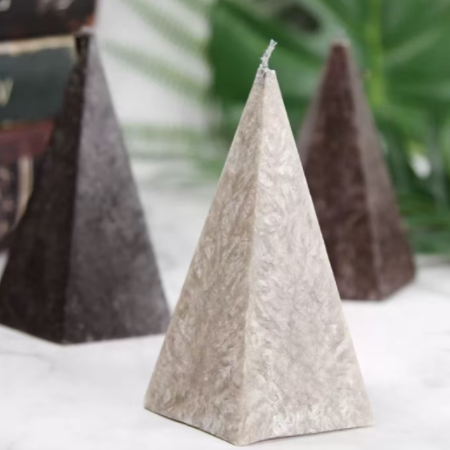
Palm wax’s natural crystallization makes it ideal for creating visually striking effects, especially in transparent containers. It burns efficiently but has moderate scent throw.
Coconut Wax: A Clean and Pure Plant-Based Wax
Coconut wax is primarily made from coconut oil, giving it a high-fat content and a soft, milky white appearance with a natural coconut scent. It is also commonly used in massage candles.
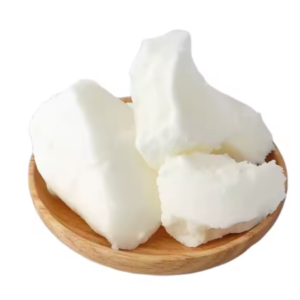
-
- Applications: Massage wax and candles.
-
- Melting point: 104°F to 108°F. Coconut wax is stable and has a long burn time.
When blended with soy wax, it enhances adhesion and prevents container candles from separating from the glass. Although coconut wax is slightly more expensive, its 100% natural composition provides a luxurious experience, making it perfect for creating a relaxing and comfortable environment.
Jelly Wax: A Wax Material That’s Not Truly Wax
Jelly wax is not a traditional wax. It is a non-solid wax made from mineral oil and organic solvents. It has an elastic texture and a transparent appearance, making it ideal for crafting artistic candles with clear effects. Its unique material properties allow for a variety of creative shapes, adding vibrant and colorful dimensions to candle designs.
As a modern innovation, jelly wax is affordable, with a low melting point of 131°F and a high melting point of 203°F, allowing for versatility in crafting different types of decorative candles. While visually stunning and suitable for intricate designs, jelly wax candles are not natural and are not recommended for prolonged use.
Choosing and Mixing Waxes
Each type of wax has its pros and cons, but combining them can maximize their strengths:
Pillar Candles or Wax Melts: Mix soy wax with beeswax (1:1) for harder, longer-lasting candles.
Artistic Candles: Use palm wax or gel wax for creative designs and unique textures.
Container Candles: Use soy or coconut wax for a smooth finish. Soy wax is ideal for soft, non-molding candles, while coconut wax adds gloss and durability.
Conclusion
Beeswax: The Classic Animal Wax
– Natural honey and pollen scent, excellent moldability, insulating, and moisture-resistant.
– Melting Point: 143–153°F.
– Pros: Natural, eco-friendly, long-lasting, clean aroma.
– Cons: Expensive, limited color and fragrance options.
Paraffin: The Popular Mineral Wax
– Derived from petroleum, easy to dye and fragrance.
– Melting Point: 113–149°F.
– Pros: Affordable, versatile, excellent fragrance throw.
– Cons: Not natural, burns quickly, may release harmful gases.
Soy Wax: The Eco-Friendly Plant Wax
– Extracted from soybeans, soft, slow-burning.
– Melting Point: 113–140°F.
– Pros: Natural, biodegradable, long-lasting burn time.
– Cons: Sensitive to high temperatures, hard to dye.
Palm Wax: The Decorative Plant Wax
– Extracted from palm tree fruits, creates crystal-like patterns.
– Melting Point: 136–144°F.
– Pros: Natural, eco-friendly, decorative effects.
– Cons: Hard and brittle, average fragrance throw.
Coconut Wax: The Smooth and Clean Plant Wax
– Made from coconut oil, creamy white, mild coconut scent.
– Melting Point: 104–108°F.
– Pros: Natural, long burn time, smooth finish.
– Cons: Prone to sweating, primarily for container candles.
Jelly Wax: The Transparent, Modern Wax
– A mix of mineral oil and polymer resin, elastic and transparent.
– Melting Point: 131–203°F.
– Pros: Unique appearance, affordable.
– Cons: Non-natural, not ideal for long-term use.
Wax Comparison Table:
| Wax Type | Pros | Cons | Best Use |
| Paraffin | Affordable, fast burn, good scent throw | Not eco-friendly, may release harmful gases | Strong scent, commercial candles |
| Soy Wax | Natural, eco-friendly, long burn | Temperature-sensitive, may frost | Eco-friendly, container candles |
| Palm Wax | Unique crystalline effects, natural texture | Moderate scent throw | Decorative, transparent container candles |
| Coconut Wax | Soft, good scent throw, long burn | Slightly more expensive | Luxury, long-burning candles |
| Beeswax | Natural, non-toxic, mild honey scent | Expensive | Pure, clean-burning candles |
| Jelly Wax | Transparent, creates artistic effects | Not natural, not for long-term use | Creative, decorative candles |
For beginners, start with soy wax or beeswax to make simple container candles. Once you’re comfortable, explore artistic designs with palm or gel wax for a creative touch.
Choosing the right wax is a crucial step in candle making, as different types of wax affect not only the appearance but also the burn quality, scent throw, and environmental impact of the candle. By understanding the pros and cons of each wax type, you can select the most suitable one based on your needs, whether it’s an eco-friendly natural wax, a scent-strong commercial wax, or a creative decorative wax like jelly wax. We hope this article helps you better understand the characteristics of different waxes and create the perfect candles.
In the future, we will explain how to choose the right wick, the process of making simple jar candles, and the candle-making kits you’ll need as a beginner to help you easily get started in the world of candle making.
